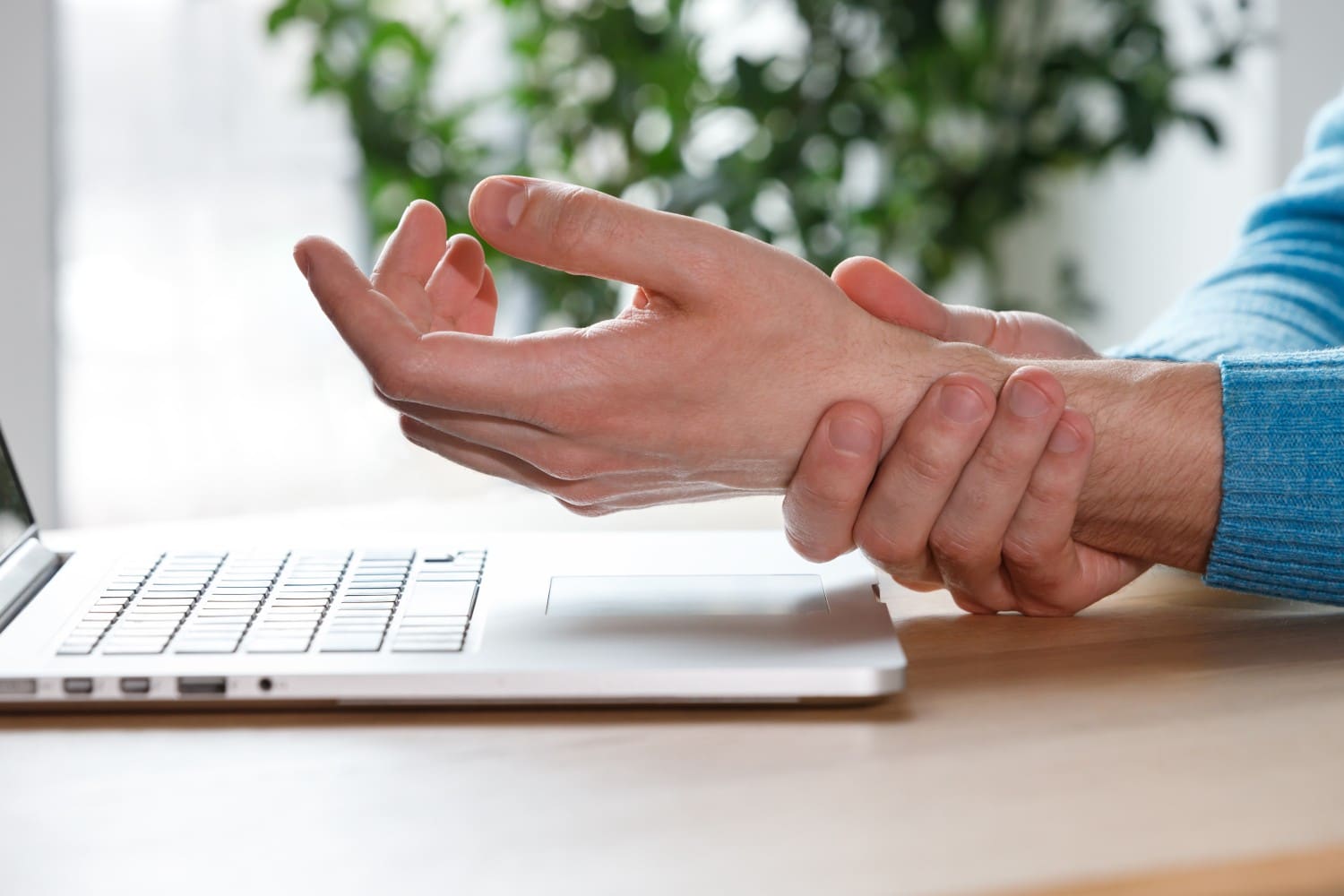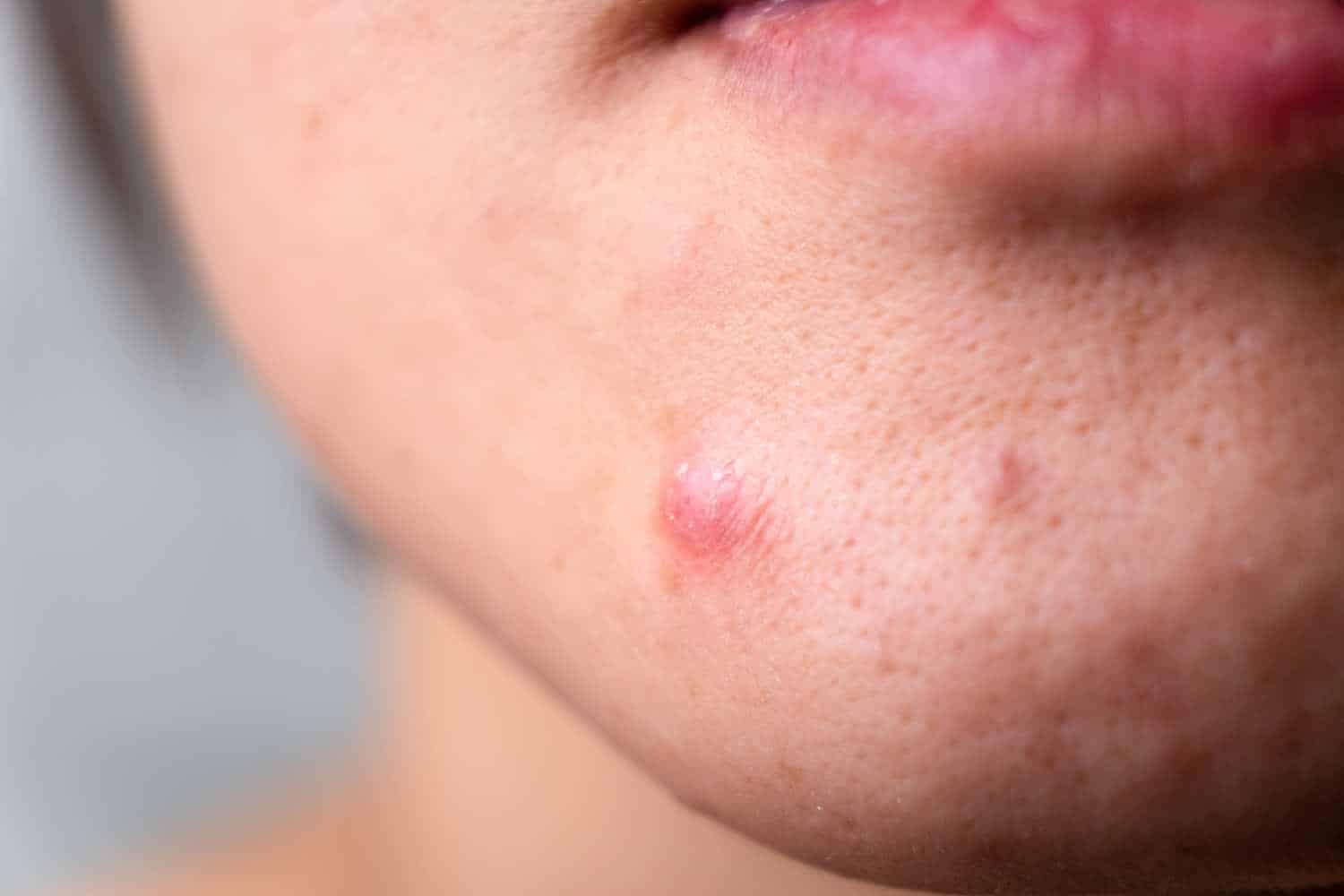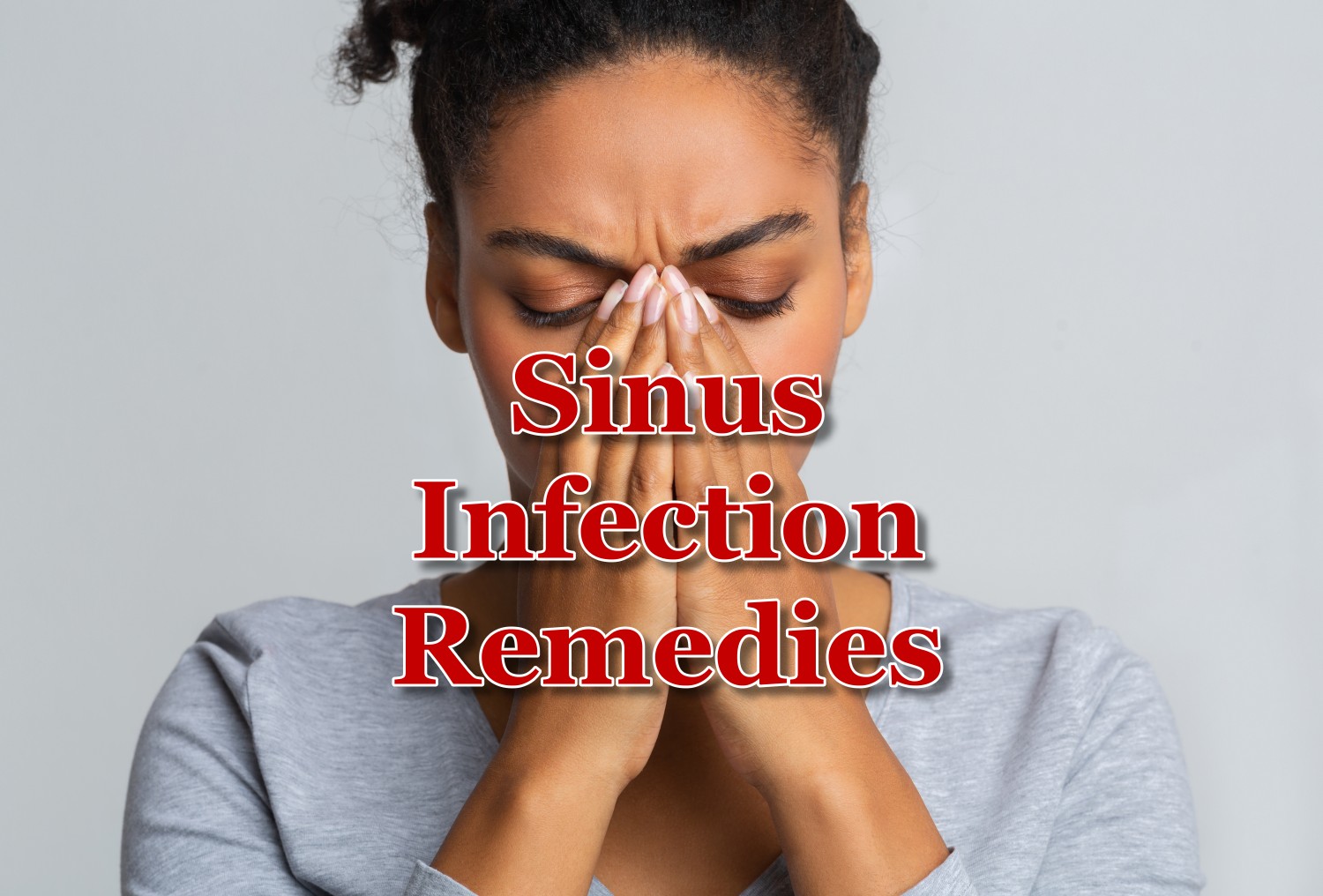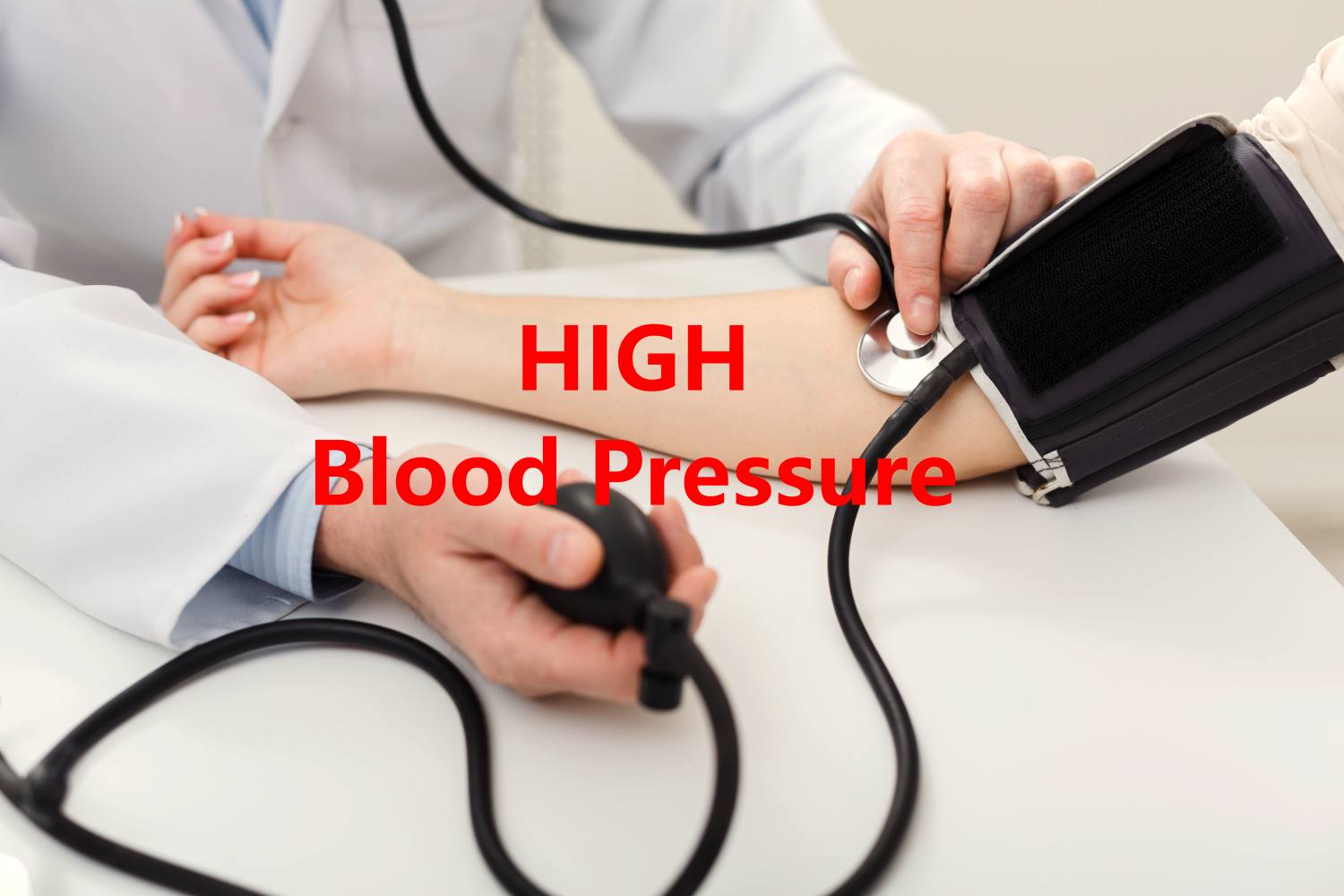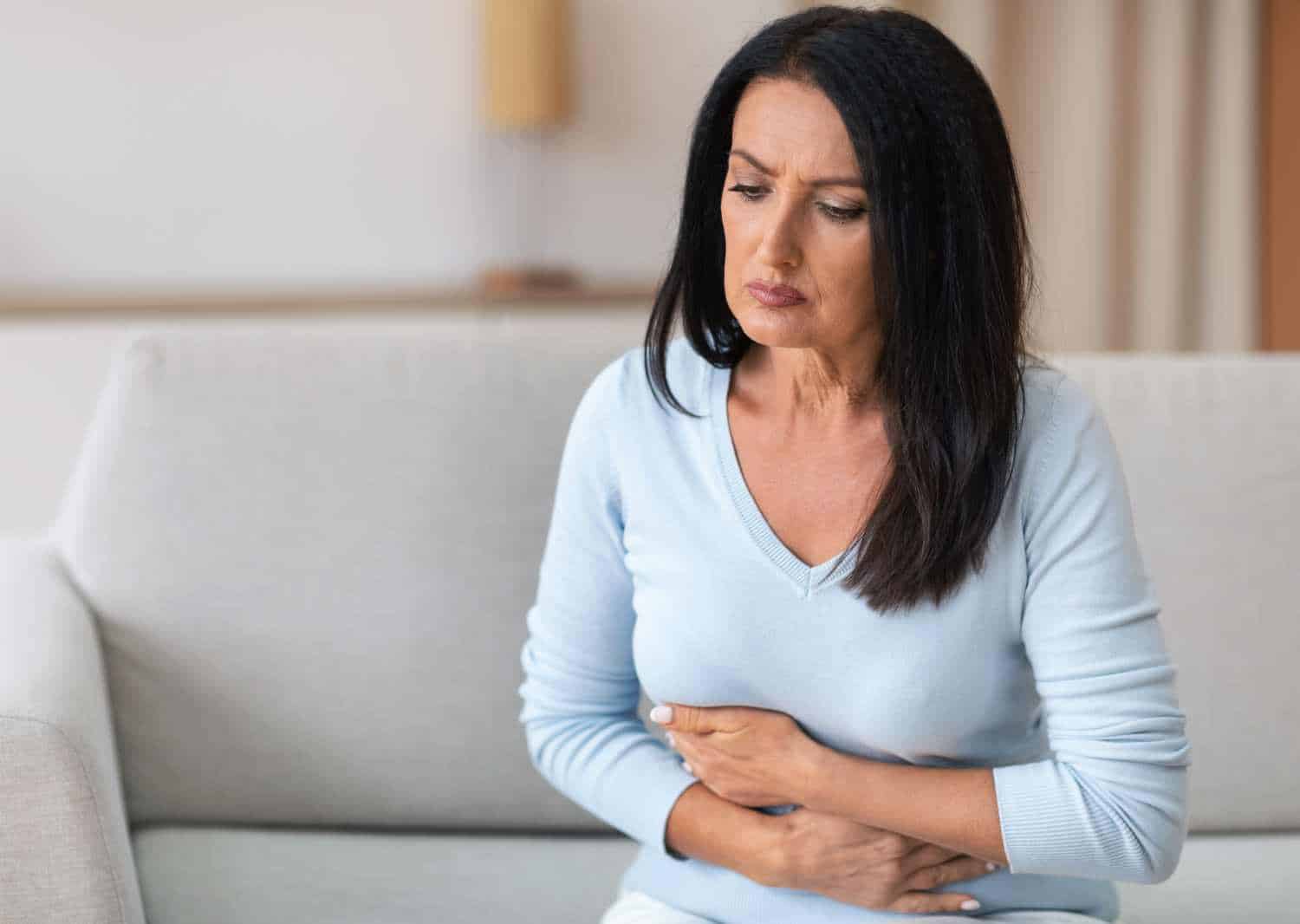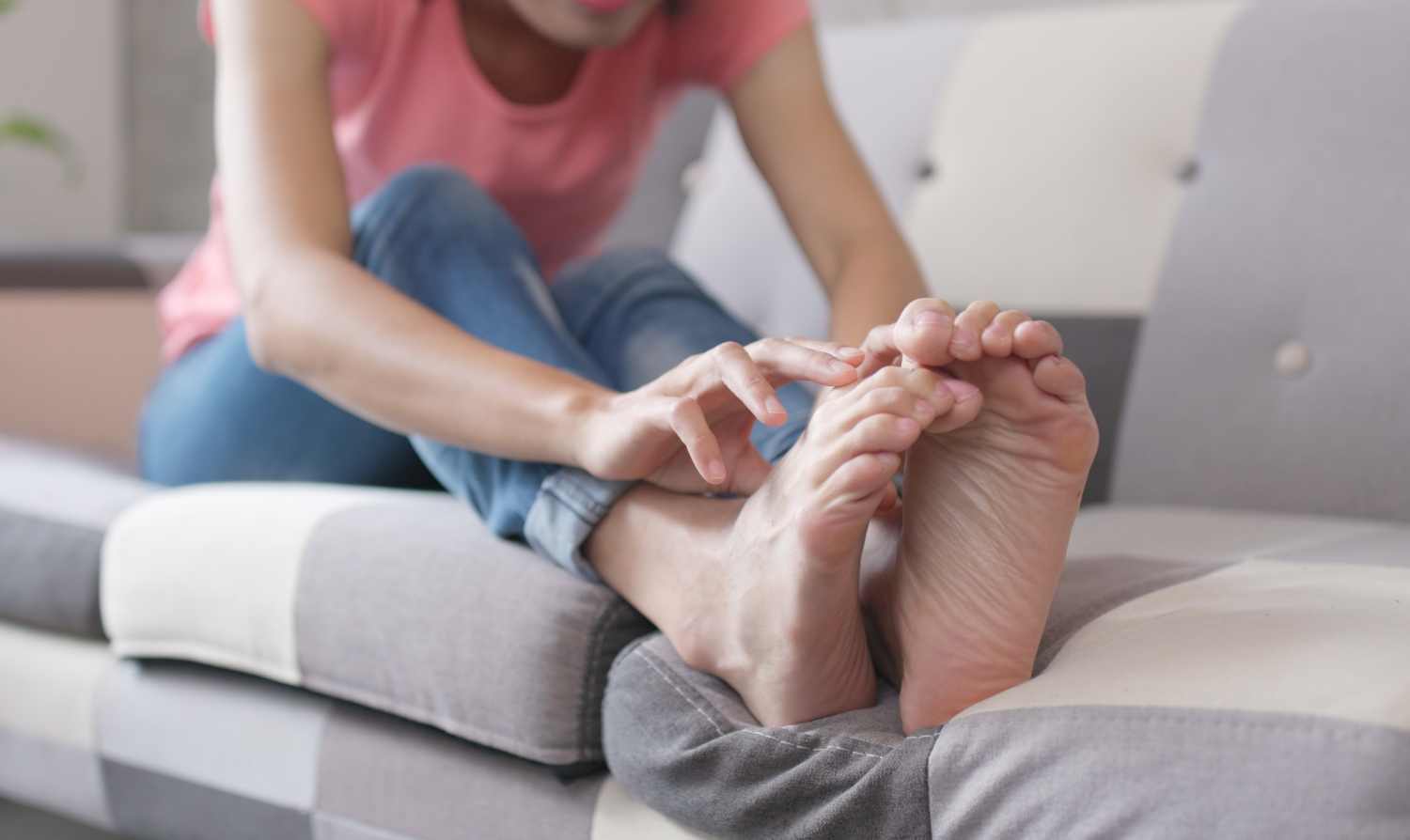10 Home Remedies for Burns
A burn is characterized as an injury to the skin by means of heat, friction, cold, electrical contact, chemicals and radiation (most often sun). Although burns are most commonly caused by heat from either liquids, fire or scalding.
There are three main types of burns that we often hear about through the news, through friends or family, but it’s good to understand what they are:
- First degree burns affect the outer layer of the skin called the epidermis, and this is the least dangerous burn stage out of the three. The burn usually causes pain, redness, dryness but doesn’t usually cause any blistering. A common first degree burn is caused by spending too much time in the sun, a mild sunburn. It’s rare to suffer from any long-term damage to the tissue, but a change in skin colour may stick around for a longer period of time
- Second degree burns involve the epidermis and the lower part of the skin called the dermis layer. A burn usually exhibits redness, blisters, swelling, more intense and longer lasting pain
- Third degree burns are the most serious and potentially dangerous type of burn. A third degree burn is characterized by the destruction of the epidermis and dermis, potentially damaging muscle tissue, tendons and even bones. The appearance can be look charred or white. There is no sensation in the direct area in most cases because the nerves have been destroyed
When to see a doctor:
For adults and children, second degree burns should be followed by at least a visit to the doctor and third degree burns require an immediate visit to the emergency room and most likely hospitalization. It’s also important to note that even second degree burns should be followed by a hospital visit if they cover an area of 10% or greater for children, and 15% or greater for adults. It’s important to know that serious burns could lead to further complication that could be fatal, so if in doubt, it’s imperative to seek medical attention as soon as possible.
But if you have first or light second degree burns that cover less than 10-15% of the surface area of your skin, and you think you can handle the healing process on your own, here are 10 home remedies for burns:
10 Home Remedies for Burns
![]() #1 – First aid (cool the burn) The first thing you want to do if you’ve burned yourself is to run cool tap water over the burn or apply a cold compress (making sure that you’re using a sterile towel or gauze). Run the cold water over the burn for at least ten minutes. This will help constrict the blood vessels and reduce swelling, and possible help reduce scarring after the burn heals.
#1 – First aid (cool the burn) The first thing you want to do if you’ve burned yourself is to run cool tap water over the burn or apply a cold compress (making sure that you’re using a sterile towel or gauze). Run the cold water over the burn for at least ten minutes. This will help constrict the blood vessels and reduce swelling, and possible help reduce scarring after the burn heals.
![]() #2 – First aid (petroleum jelly) Make sure not to use any other ointments or creams except for petroleum jelly. Aloe vera or an ointment only for burns is acceptable as well. Petroleum jelly is great for burns because it seals the skin with a layer that protects it from water and other things that you don’t want getting in there, and it helps heal your skin as well. You can apply this three times per day.
#2 – First aid (petroleum jelly) Make sure not to use any other ointments or creams except for petroleum jelly. Aloe vera or an ointment only for burns is acceptable as well. Petroleum jelly is great for burns because it seals the skin with a layer that protects it from water and other things that you don’t want getting in there, and it helps heal your skin as well. You can apply this three times per day.
![]() #3 – First aid (dress the burn) After you’ve followed step one and two, it’s important to dress the wound with a sterile non-stick bandage. This will further help protect your burn from any infections. Make sure not to pop any blisters that may form, let them heal on their own.
#3 – First aid (dress the burn) After you’ve followed step one and two, it’s important to dress the wound with a sterile non-stick bandage. This will further help protect your burn from any infections. Make sure not to pop any blisters that may form, let them heal on their own.
![]() #4 – First aid (treat the pain) Pain is a given after a wound, there are plenty of over-the-counter painkillers that work great, and you may consider taking. Although this article is about natural home remedies, the level of pain can be quite high after a burn, and an OTC painkiller is the quickest and most effective option for taking care of pain.
#4 – First aid (treat the pain) Pain is a given after a wound, there are plenty of over-the-counter painkillers that work great, and you may consider taking. Although this article is about natural home remedies, the level of pain can be quite high after a burn, and an OTC painkiller is the quickest and most effective option for taking care of pain.
![]() #5 – Lavender oil Lavender oil has some pretty significant medicinal properties and has been used in natural medicine for a very long time. It’s antiseptic, helps relieve pain and is also an effective anti-inflammatory. This is a great remedy for minor burns, and it can also help prevent scarring.
#5 – Lavender oil Lavender oil has some pretty significant medicinal properties and has been used in natural medicine for a very long time. It’s antiseptic, helps relieve pain and is also an effective anti-inflammatory. This is a great remedy for minor burns, and it can also help prevent scarring.
Rub in two or three drops of pure lavender oil into the burn, you can repeat this three times per day. It’s important to note that you shouldn’t use lavender oil on an open wound.
10 Home Remedies for Burns
![]() #6 – Yellow mustard A compound called allyl isothiocyanate that is found in yellow mustard is a strong pain reliever and helps improve blood flow to the area of the burn, therefore helping it heal quicker.
#6 – Yellow mustard A compound called allyl isothiocyanate that is found in yellow mustard is a strong pain reliever and helps improve blood flow to the area of the burn, therefore helping it heal quicker.
Take some yellow mustard and blend it with water until you get a fine textured paste, then apply it to your burn and repeat three times per day.
![]() #7 – Aloe vera Aloe vera is an age-old remedy for a myriad of skin issues. Its anti-oxidant and anti-inflammatory properties help treat the burn, and it’s anti-bacterial properties help make sure it does not get infected. It’s also an effective way of preventing blistering and scarring after the burn has healed.
#7 – Aloe vera Aloe vera is an age-old remedy for a myriad of skin issues. Its anti-oxidant and anti-inflammatory properties help treat the burn, and it’s anti-bacterial properties help make sure it does not get infected. It’s also an effective way of preventing blistering and scarring after the burn has healed.
Gently rub aloe vera into burn at least three times per day.
![]() #8 – Honey Honey is one of the few naturally occurring antibiotics, is antiseptic, antibacterial and helps prevent any open wounds from becoming infected. Honey is also great at keeping inflammation down, and with its antioxidant properties helps heals burns quickly.
#8 – Honey Honey is one of the few naturally occurring antibiotics, is antiseptic, antibacterial and helps prevent any open wounds from becoming infected. Honey is also great at keeping inflammation down, and with its antioxidant properties helps heals burns quickly.
Make sure to only use natural and organic honey. All you have to do is apply it to the burn three to four times per day.
![]() #9 – Minty toothpaste This is a great remedy because it’s something we all have on hand at home. Toothpaste is great at relieving pain and soothing the burn due to the menthol found in the ingredients. Just make sure not to apply it to an open wound.
#9 – Minty toothpaste This is a great remedy because it’s something we all have on hand at home. Toothpaste is great at relieving pain and soothing the burn due to the menthol found in the ingredients. Just make sure not to apply it to an open wound.
Spread some toothpaste over the burn and leave it on for about fifteen minutes, and then wash off. You can repeat this one or two times per day.
![]() #10 – Coconut oil Coconut oil is one of the most effective home remedies for burns because it helps speed up regeneration, helps cool down the burn and is an effective way to prevent blisters and scars.
#10 – Coconut oil Coconut oil is one of the most effective home remedies for burns because it helps speed up regeneration, helps cool down the burn and is an effective way to prevent blisters and scars.
Make sure that the coconut oil is extra virgin/cold pressed. Apply it to the burn and let it soak in. You can repeat this four or five times per day.
Related Home Remedy Searches:
burns treatment, burn meaning, types of burns, burn movie, burn definition, burn song, 2nd degree burns, first degree burns, how to treat a burn blister, how to treat a second degree burn, how to treat a first degree burn, how to treat a burn from boiling water, how to treat a burn from a hot pan, burn ointment, third degree burn treatment, how to heal a burn fast, burn definition scottish, burn definition medical, what does it mean to get burned sexually, burn definition anatomy, burn meaning in computer, sick burn meaning,10 Home Remedies for Burns, Natural Burns Treatment, Burns
Burns References and Burns Information
- Stanford Health Care: https://stanfordhealthcare.org/medical-conditions/skin-hair-and-nails/burns/stages.html#:~:text=First%2Ddegree%20burns%20affect%20only,decrease%20in%20the%20skin%20color.
- AAD: https://www.aad.org/public/everyday-care/injured-skin/burns/treat-minor-burns#:~:text=Immediately%20immerse%20the%20burn%20in,these%20may%20cause%20an%20infection.
- AAD: https://www.aad.org/public/everyday-care/injured-skin/burns/treat-minor-burns#:~:text=Immediately%20immerse%20the%20burn%20in,these%20may%20cause%20an%20infection.
- AAD: https://www.aad.org/public/everyday-care/injured-skin/burns/treat-minor-burns#:~:text=Immediately%20immerse%20the%20burn%20in,these%20may%20cause%20an%20infection.
- Pub Med: https://pubmed.ncbi.nlm.nih.gov/12112282/
- Pub Med: https://pubmed.ncbi.nlm.nih.gov/10852565/
- Pub Med: https://pubmed.ncbi.nlm.nih.gov/7561562/
- US National Library of Medicine: https://www.ncbi.nlm.nih.gov/pmc/articles/PMC2792613/
- Read Also: https://homeremediesapp.com/10-home-remedies-for-heartburn/



